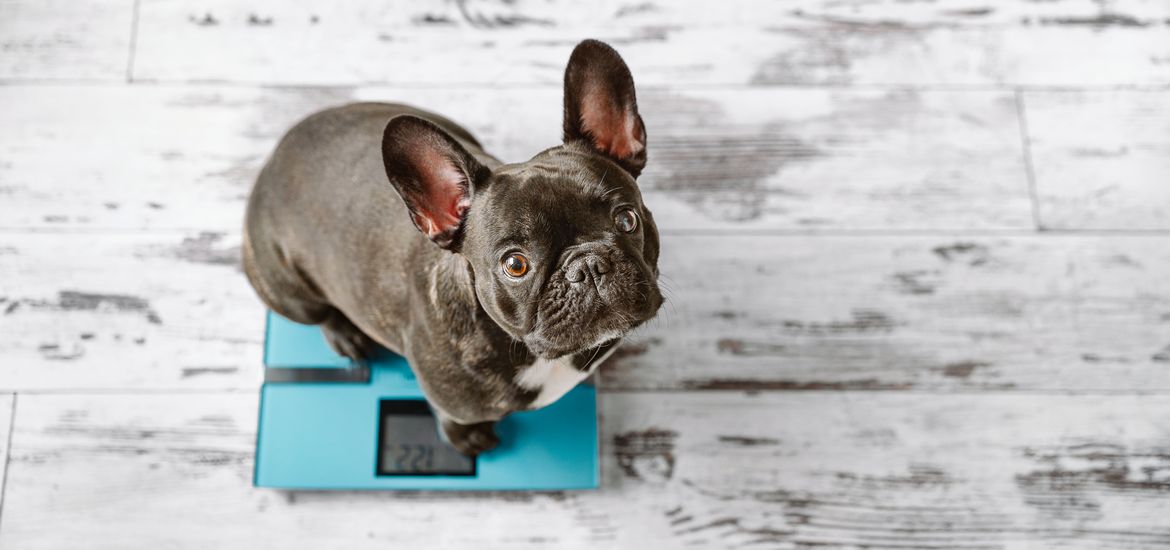Feb 15, 2022, 11:34 PM

Losing weight for pets, while it may appear to be a difficult task, is quite simple; all it needs is a commitment to weight loss and fitness, attention to detail, and the assistance of your veterinarian. Losing weight and getting in shape can extend your dog's life while making it more enjoyable. When a dog is overweight or obese, the question isn't whether or if he'll have a problem due to his weight, but when and how serious the problem will be. Obese and overweight dogs have a lower lifespan than leaner, normal-weight dogs. Heavy dogs are less energetic and playful and have fewer physical interactions with their owners.
How can weight gain affect my dog's health?
The following are some of the most frequent disorders linked to obesity:
- Heart disease;
- Diabetes type 2;
- Joint injuries are becoming more common;
- Blood pressure that is too high;
- Some malignancies, particularly intra-abdominal tumors;
- Osteoarthritis (arthritis).
Take a Safe and Successful Weight-Loss Path
Obesity in your dog could be caused or exacerbated by an underlying medical condition. Too many dogs go on a diet and don't lose weight because the problem isn't the diet; it's an ailment. As a result, a complete examination by a veterinarian and a diet that includes Calibra Dog EN Light New, ideal for all types of small, medium, and large dogs, are required. Your veterinarian will do a physical exam and request blood tests to ensure that your pet's weight loss is not impeded.
The Next Big Question - How Much Should You Feed Your Dog
When you take your dog to the vet for a checkup, your veterinarian will calculate an optimum weight for him, depending on his breed and size. Your veterinarian will advise you on the proper weight and based on the results; you can develop a plan to lose 3-5 percent of your body weight per month, which is the safe and ideal weight loss to aim for. When beginning a weight-loss program for your dog, make sure you know how many calories are in the food he's eating and that you count or measure the calories. You won't lose weight if you eat too much, and if you eat too little, you risk serious health problems associated with malnutrition. It may appear difficult if there are additional factors, such as if the dog is diabetic; however, there is no need to be concerned because Calibra VD Dog Diabetes/ Obesity is a comprehensive canine dietic food that is widely available from eurovets veterinary suppliers in the UAE.
While it is important to maintain calorie intake, your pet's activity and daily movement should be increased. Increased mobility and exercise, such as increasing the intensity and length of your walks, can help you achieve the higher heart rates needed for long-term aerobic activity and weight loss.
